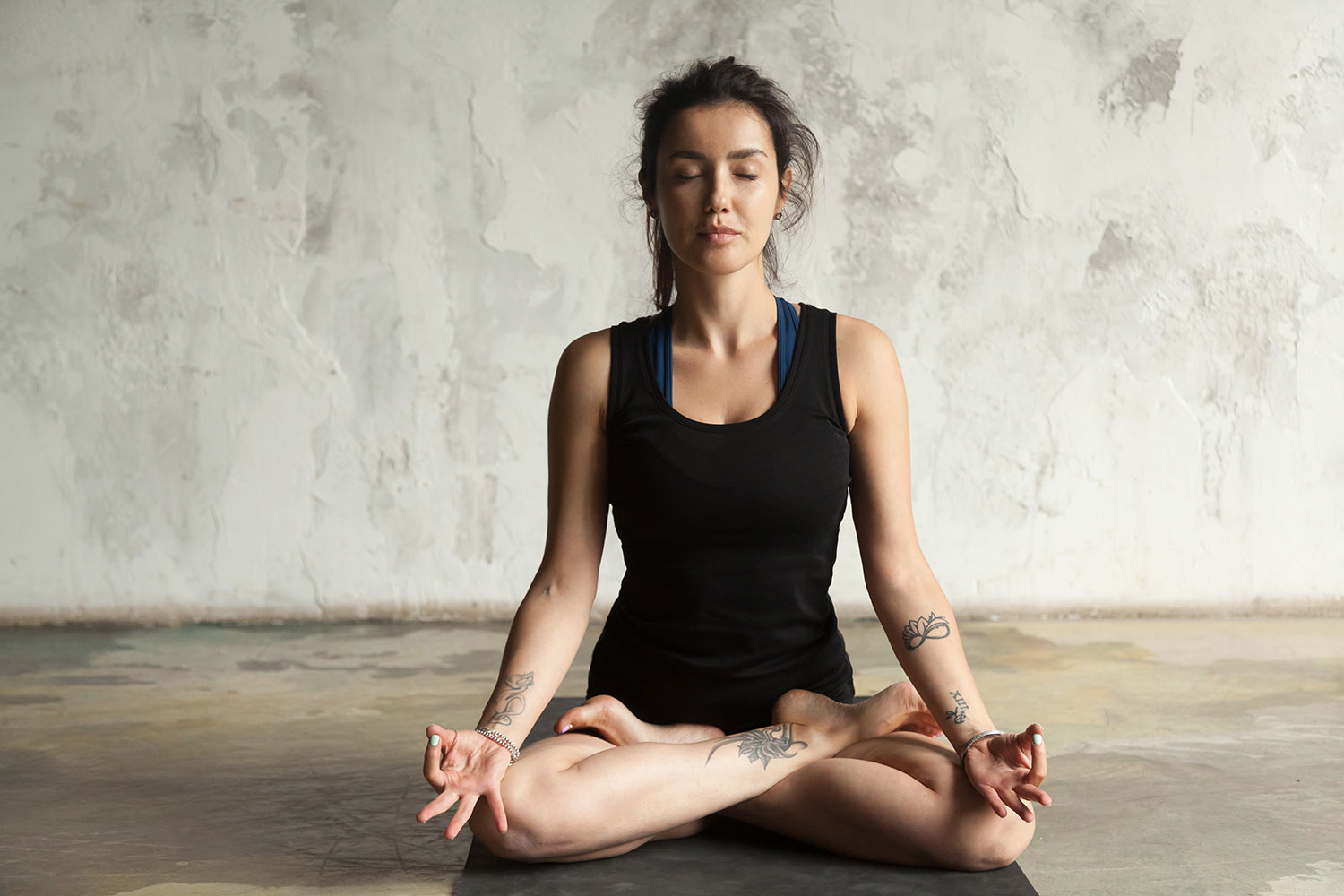
Hannah is a former email marketing manager and long-time yoga…
Want more energy? Want to relieve stress? Want better focus? Yes to all 3!
Bhastrika Pranayama is an all-natural practice that does all three of these things! But it is so much more than just a breathing exercise. The physical and mental boost to your body and its systems are extensive.
Almost your entire body and mind can benefit from the practice of pranayama.
First, let’s discuss what exactly pranayama is. Then break down the word and learn the four parts of a cycle of breath. Finally, we will cover the ins and outs of Bhastrika Pranayama. This includes the benefits, contraindications, and how to practice.
Pranayama
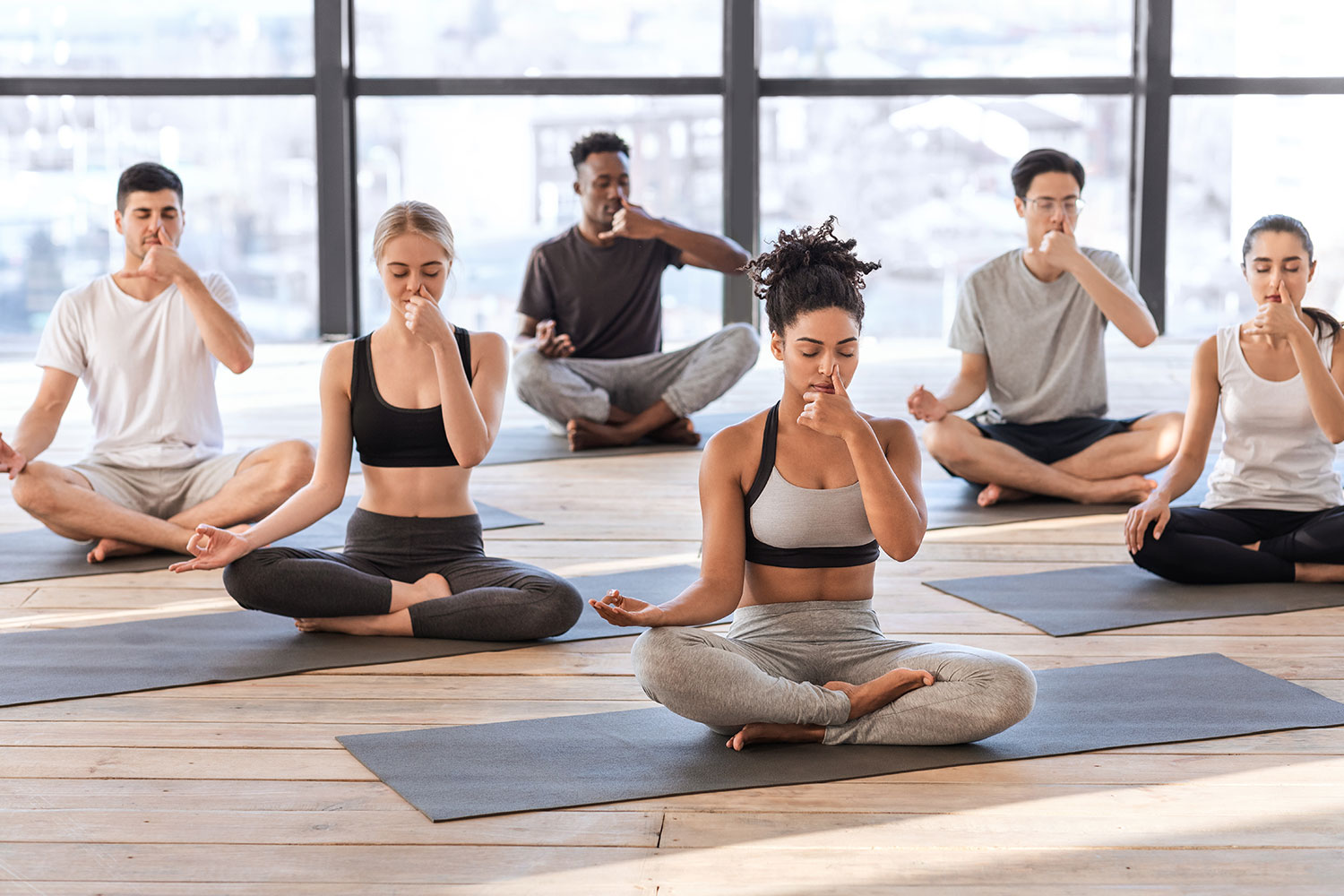
Breathing is essential to life. But it is so much more than simply inhaling and exhaling. While inhaling and exhaling is important (and necessary!), you can get so much more out of it.
In simple terms, to practice pranayama is to manipulate your breathing. Breathing exercises typically have four parts. They are the inhale, the hold after the inhale, exhale, and the hold after the exhale. More on this later.
First, let’s break down the actual word pranayama. It’s in the language of Sanskrit and can be broken into two words. The first is Prana and the second is Ayama.
Prana is the life force sustaining your body. Ayama translates to extend or draw out. When you put these two words together, you get pranayama, breath control, or extension of your life force.
There are many benefits to practicing pranayama. It gives you the ability to increase your energy quickly but also releases stress. It improves your mental clarity and your physical health.
Pranayama is often called breathwork. These two terms are interchangeable.
Prana
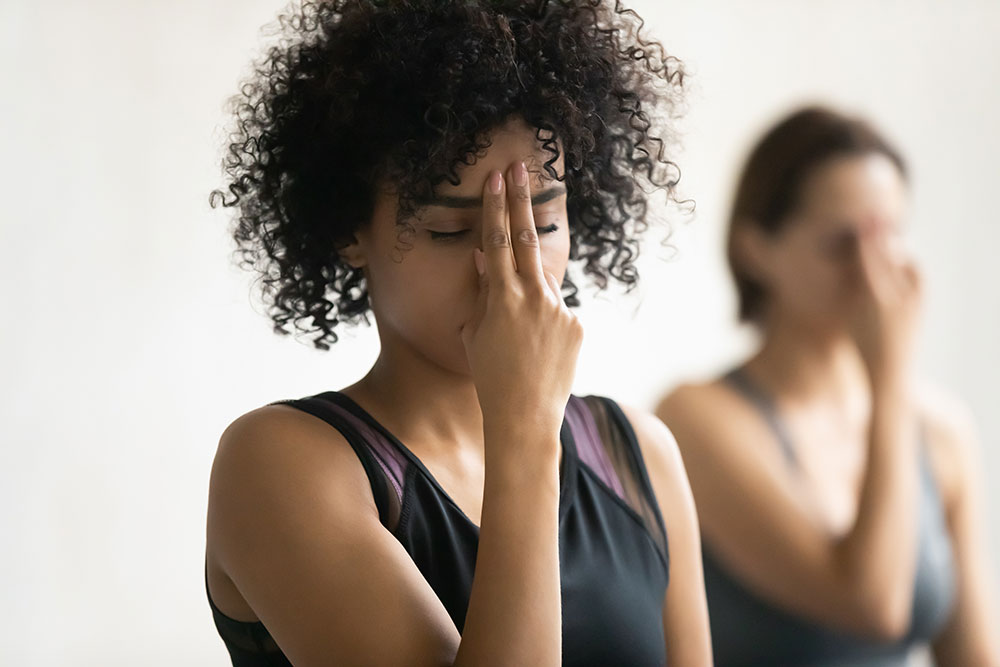
A basic understanding of Prana is that it is what brings you to life. It is what makes you, essentially you.
Note that Prana can have many levels of meaning. There is your physical breath (your pranayama) on one end of the spectrum. The other end is the energy of consciousness (your life force).
David Frawley takes it a step further. He claims it is more than just your basic life force, it is the “original creative power”. He goes on to say that “it is the master form of all energy working at every level of our being. Indeed the entire universe is a manifestation of Prana”.
He also identifies two aspects of Prana. The first is unmanifest. This is the energy of pure consciousness, which transcends all creation. The second is manifest. This is the force of creation itself.
These two aspects work hand in hand. You have your energy of consciousness inside the creation that is you.
Adding your Prana, your life force, with your Ayama, to extend or draw out, creates such a powerful tool for your body.
4 Parts of Pranayama
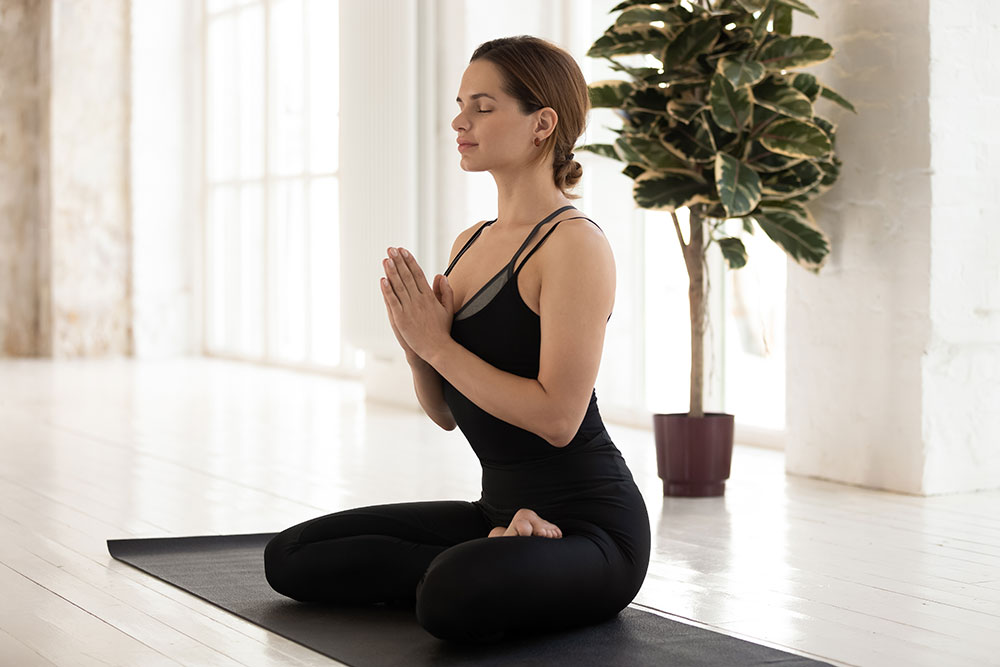
As mentioned, there are four parts to your pranayama. They are your inhale, the pause after inhaling, your exhale, and the pause after exhaling.
The first is your inhale, your Puraka. Simply put, your Puraka is the process of drawing in air, typically smoothly and continuously. Try it now! Find a comfortable seat and slowly inhale. Notice the muscles in your throat, chest, and abdomen engage.
If there are pauses in your inhalation, it is not a series of Puraka. There is only one Puraka for each round of breath. This practice of adding pauses to your inhalation is called broken Puraka.
The pause after inhalation is your Abhyantara Kumbhaka. It is a full pause in airflow, deliberately stopping the flow of the air while holding it in the lungs.
When starting, you may experiment with using some force to keep the pause motionless. But typically, this is practiced without any other movement from the body. It takes time and practice to master. Try it out!
Your exhale is called Rechaka. Like your inhale, this too should be smooth and continuous. The speeds of your Puraka and Rechaka can often be different. But not always! It depends on the type of pranayama you are practicing.
While your inhale requires tensing of the muscles of the body, your exhale is the opposite. It is a relaxing of the tensed muscles. Relaxing the muscles forces the air from the lungs as they return to their untensed state.
Again try this. Inhale, hold, and then attempt to exhale by simply relaxing the body.
However, forcing out the air can be done purposely, like in bellows breaths. You can force the air out with the muscles you use in your inhales. Smoothing out your breathing transitions takes practice. You may need to use muscular effort in each until it begins to feel natural.
The fourth stage of pranayama is Bhaya Khumbhaka, the pause after exhaling. It is called an empty pause. It is the deliberate or prolonged stoppage of air.
This completes the cycle of breath before the inhalation of the next breath begins.
You get a better understanding of your practice of pranayama by knowing the four parts. And also what they do and how they work.
Benefits of Pranayama
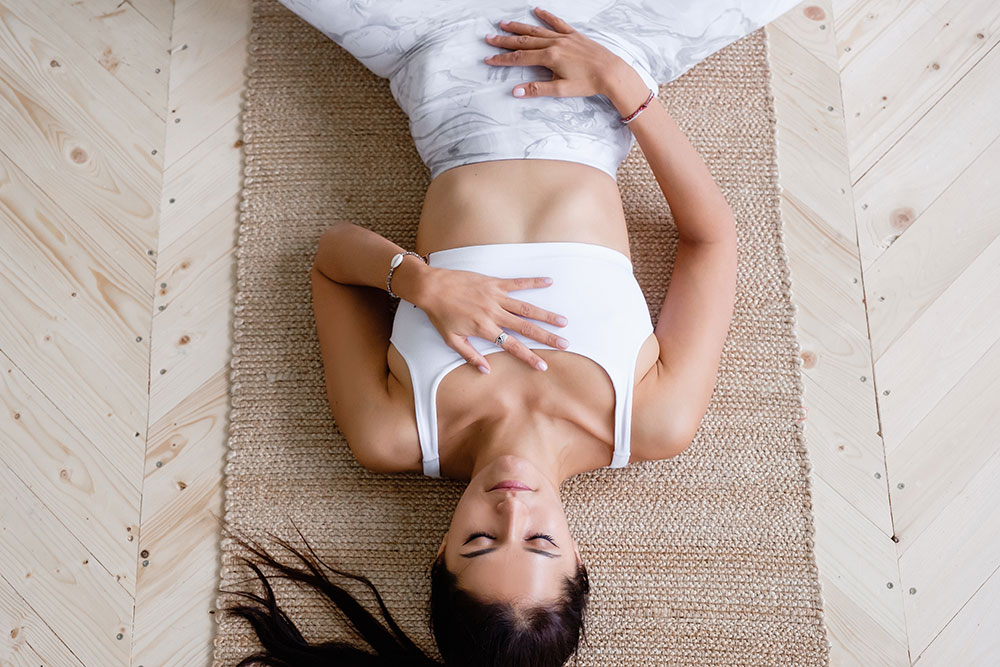
Practicing pranayama has so many benefits!
Mentally, it reduces your stress. Who doesn’t need this? It makes you more mindful and helps you get a better night’s sleep. It also causes fewer cravings, aiding in healthy eating habits, and weight loss.
Physically, it is astounding what pranayama can do! It helps improve hypertension by normalizing your heart rate. By doing so, you also lower your blood pressure.
By activating your diaphragm, you help improve the functions of your digestive system.
What does your diaphragm have to do with pranayama?
The diaphragm plays a major role in your breathing. It is the dome-shaped muscle that separates your chest cavity from your abdomen. It connects the lower part of your sternum, the lower six ribs, and the lumbar vertebrae of the spine. It’s like a jellyfish!
When you inhale, it’s a contraction of your diaphragm. It rises into your chest and lowers the internal pressure. When you exhale, your diaphragm relaxes.
That being said, the diaphragm massages the abdomen. This massaging motion boosts the immune system. Pranayama also helps improve lung health and capacity. This strengthens your respiratory system by giving those muscles a workout!
Breathwork increases a naturally occurring amino acid in your body. It’s called Gamma-aminobutyric acid (GABA). GABA blocks certain brain signals and decreases activity in your nervous system. Increasing GABA in the body has many benefits. It relieves anxiety, high blood pressure, insomnia, stress, and fatigue.
These are all great benefits to an action as simple as manipulating your breathing!
Bhastrika Pranayama
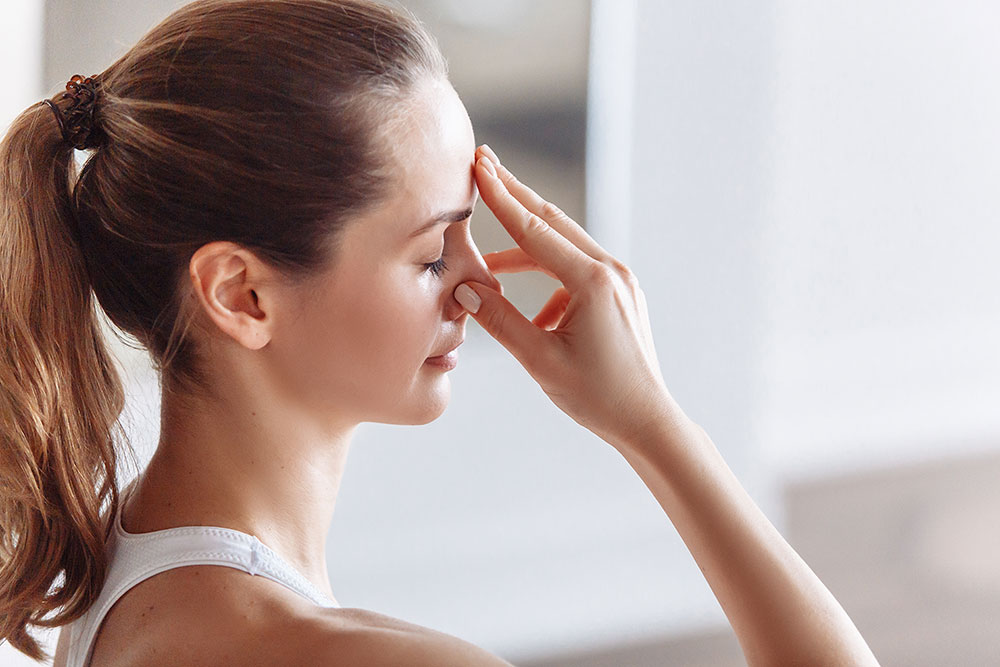
Bhastrika Pranayama is a breathing technique that is often called bellows breath. It involves forcefully breathing in and out as if you were “pumping the bellows of a blacksmith’s fire”.
It clears your mind and gives you a boost of energy. It’s great as a pick-me-up that can be practiced at any time you need.
Remember, that section about Prana? Bellows breathwork helps increase the lifeforce of your being!
Benefits
While you get all the benefits of pranayama, Bhastrika Pranayama comes with even more!
The most obvious is your lung health. The forceful inhales and exhales exercises your lungs and diaphragm. This increases lung capacity and keeps them in proper functioning condition.
It’s particularly helpful for people who suffer from repetitive coughing. Also, respiratory issues, allergies, and breathlessness. It can be used in helping treat asthma, sleep apnea, and healing some thyroid problems.
It is also used as an alternative or with medications for the common cold or flu. Bhastrika Pranayama aids in recovery. Pumping oxygen into your blood through pranayama purifies your body. It purifies from the toxic environments we live in, the foods we eat, and further oxygenate your brain.
Emotionally, this practice improves your mood and relieves stress. Do this by inhaling positivity and exhaling negativity. This brings on feelings of tranquility, calmness, and bliss.
Bellows breath clears blocked channels in the body such as your Nadis and Chakras. There are 72,000 Nadis that carry Prana through your body. You also have 7 Chakras that are considered dedicated energy systems in your body.
Contraindications
Before you practice Bhastrika Pranayama, please be aware of the contraindications.
Do not practice if you have any of the following:
- Pregnancy or menstruation
- High blood pressure
- Heart Disease
- A hernia
- A gastric ulcer
- Epilepsy
- Vertigo
- Significant nosebleeds
- Detached retina
- Glaucoma
- Recent abdominal surgery
- At risk for stroke
Note that this is not a complete list. If you have any questions or concerns, please consult a medical professional.
How to Bellows Breath
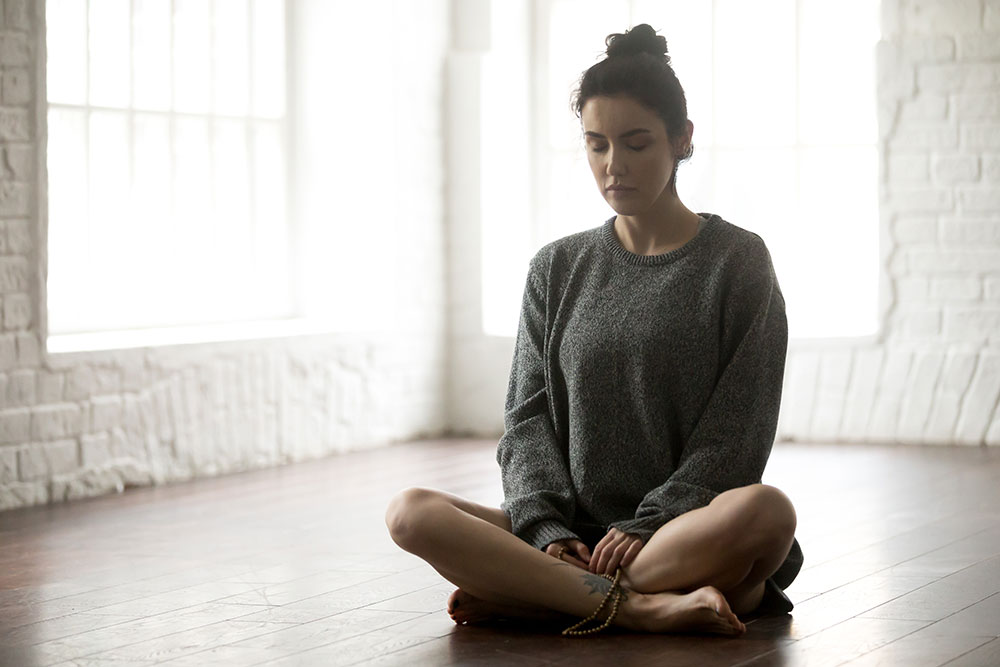
Start seated in a comfortable position. Preferably Padmasana, lotus pose or the less intense version, Sukasana, easy seat..
To get into Padmasana, lotus pose, start seated on a mat, block, or blanket. Reach down and grab your right foot. Bend at the knee. Externally rotate your shin placing the outer blade of your right foot into your left hip crease. Then, reach for the left foot, again externally rotating at the shin. Cross over the right shin, placing the left outer blade into your right hip crease.
Sit up tall, stacking your shoulders over your hips. You may also start with the left foot placing it into your right hip. Cross the right shin over the left, placing the foot into the left hip crease.
To get into Sukasana, or easy seat, again start seated on the mat, block, or blankets. Cross your shins tucking your feet comfortably under your thighs. Either shin can be on top. Sit up tall, shoulders over hips.
Rest your hands on your thighs.
Breathe in, Puraka, through your nose and exhale out of your nose, Rechaka. Start on an inhale. Rapidly inhale and exhale forcefully. Your diaphragm and breathing muscles assist with these motions. An inhale plus an exhale is considered 1 round.
Repeat for ten rounds to start. In the last round, hold your inhale, Abhyantara Kumbhaka. Slowly exhale. Rest and repeat for three rounds.
Add more breaths and rounds as you get comfortable with Bhastrika Pranayama.
When to Practice
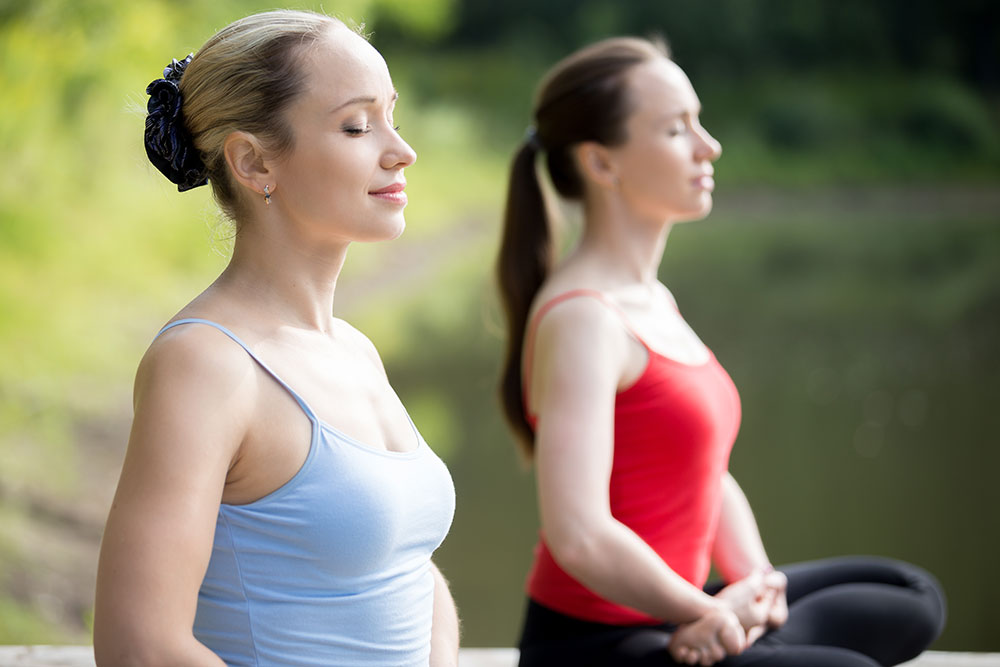
The best time to practice Bhastrika is whenever you need an energy boost!
It’s great for when you first wake up in the morning. It is an energizing practice to get your mood up and your blood pumping. It’s the perfect way to kick off your day!
Bhastrika Pranayama is also useful for that mid-day slump, especially if you work in an office. We all dread that post-lunch or 3 pm slumps. Use this all-natural practice to up your energy without the caffeine. Avoid those pesky extra calories that come with consuming coffee.
You can use the bellows breath as a pre-workout. Up your focus and energy before starting to sweat or a workout class.
Boost That Energy
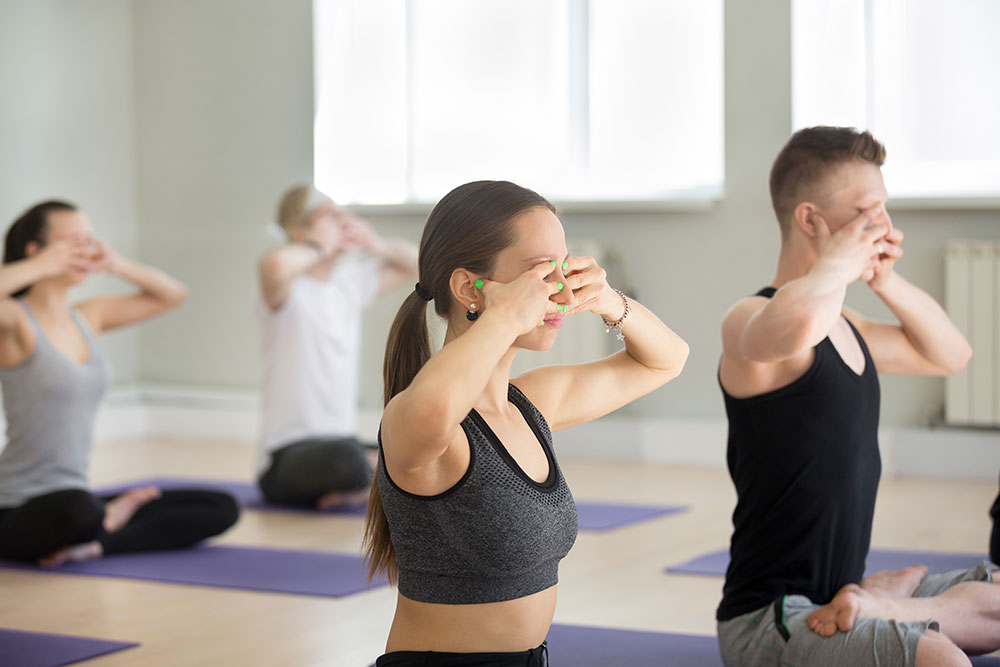
To recap, breathing is essential to life. Prana means your life force and Ayama means to extend out. Together, these two words make pranayama, which is the manipulation of your breath.
There are four parts to your breath. The first is your inhalation or Puraka which is the process of drawing in air. The pause after Puraka is Abhyantara. This is the deliberate stoppage of airflow and retention in the lungs.
Your exhalation is Rechaka, accomplished by relaxing the tense muscles. The final part is Bhaya Khumbhaka, the pause after exhaling, also known as your empty pause. This is deliberately stopping the flow of air.
Bhastrika Pranayama is known as bellows breath. It involves forcefully breathing in and out, Puraka and Rechaka.
The benefits of practicing pranayama and Bhastrika Pranayama are endless. Mentally, you clear your mind, reduce your stress, sleep better, and be more mindful. Physically, it improves hypertension and digestion. But also, pranayama boosts your immune system and increases GABA.
Check the list of contraindications before practicing Bhastrika Pranayama!
Sit on your mat in Padmasana or Sukasana, hands on your thighs. Start with ten rounds. Rest and repeat three times.
The best time to practice Bhastrika Pranayama is whenever you need an energy boost. Whether it be first thing in the morning, during the mid-day slump, or before a workout, any time is a good time to practice Bhastrika Pranayama!
What's Your Reaction?
Hannah is a former email marketing manager and long-time yoga practitioner with an affinity for creative writing. She uses a combination of soothing language, compelling information, and relevant advice to appeal to readers and provide a sense of warm understanding.






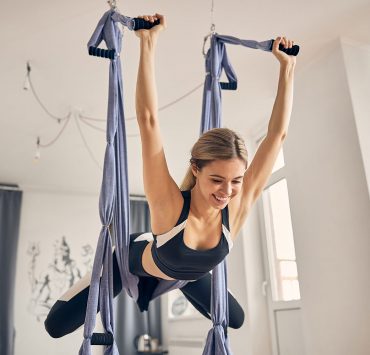

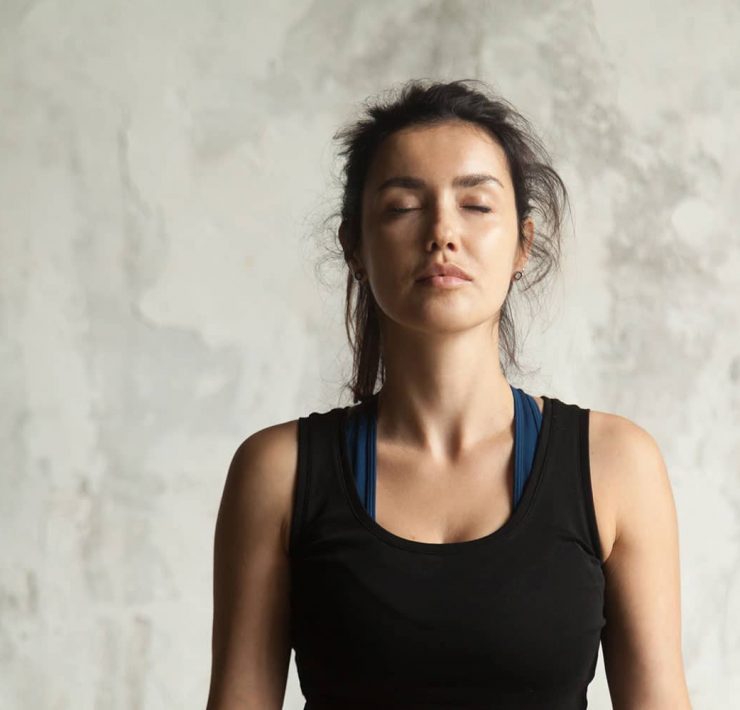
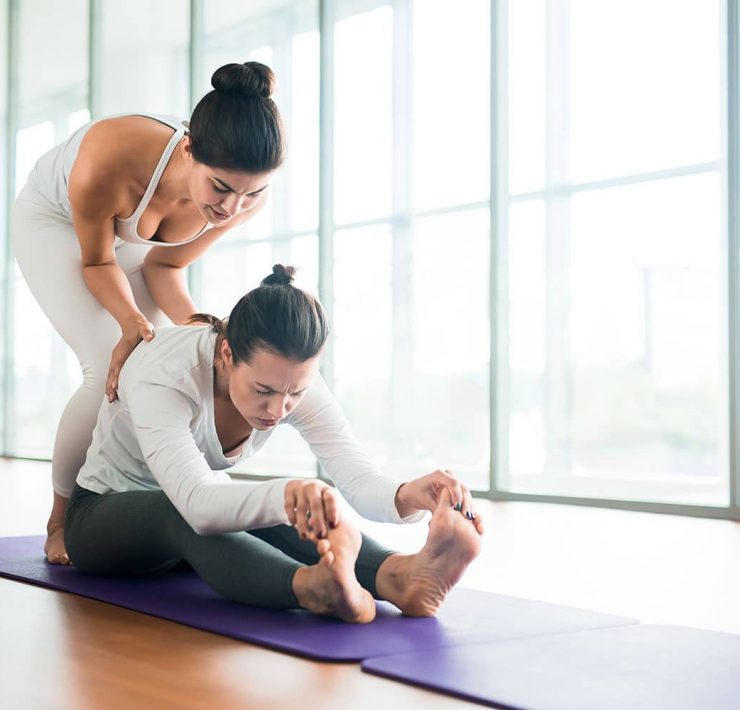
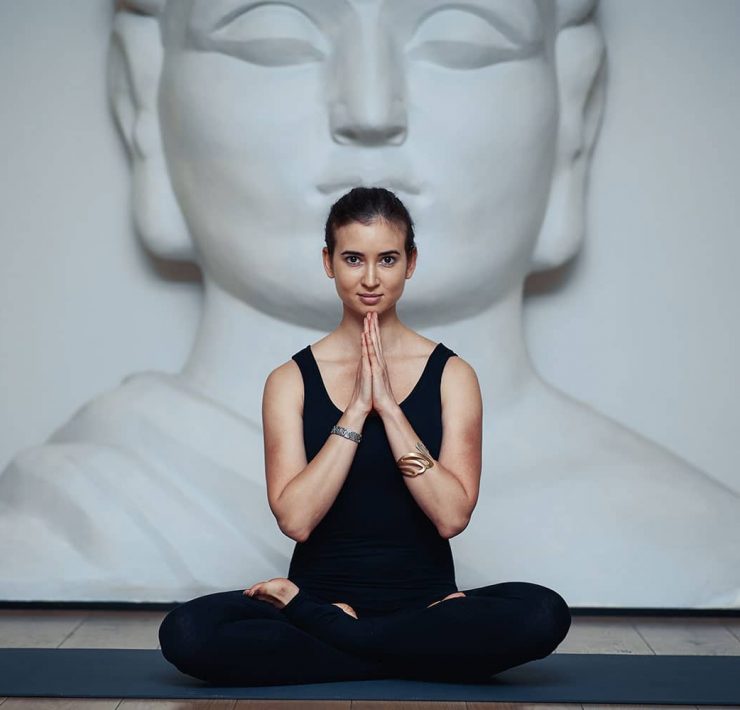
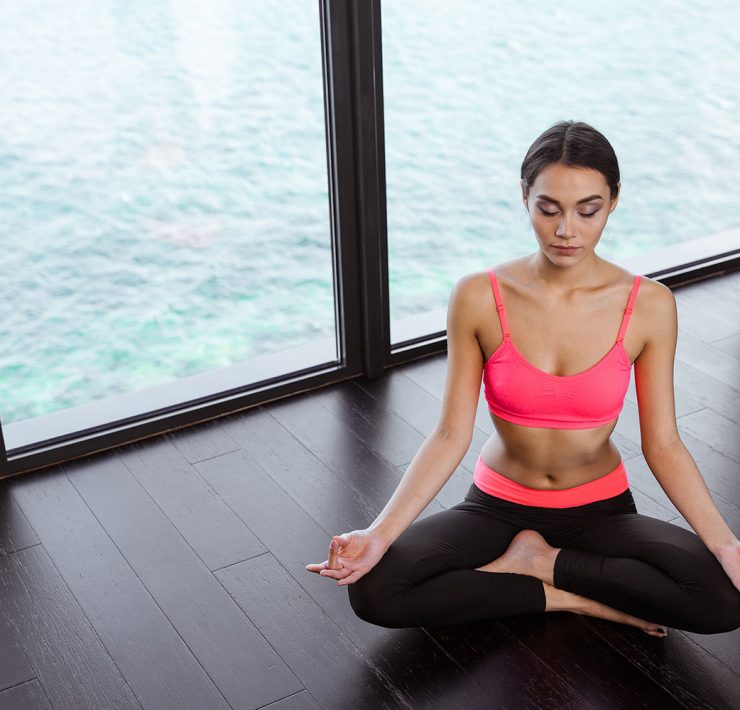
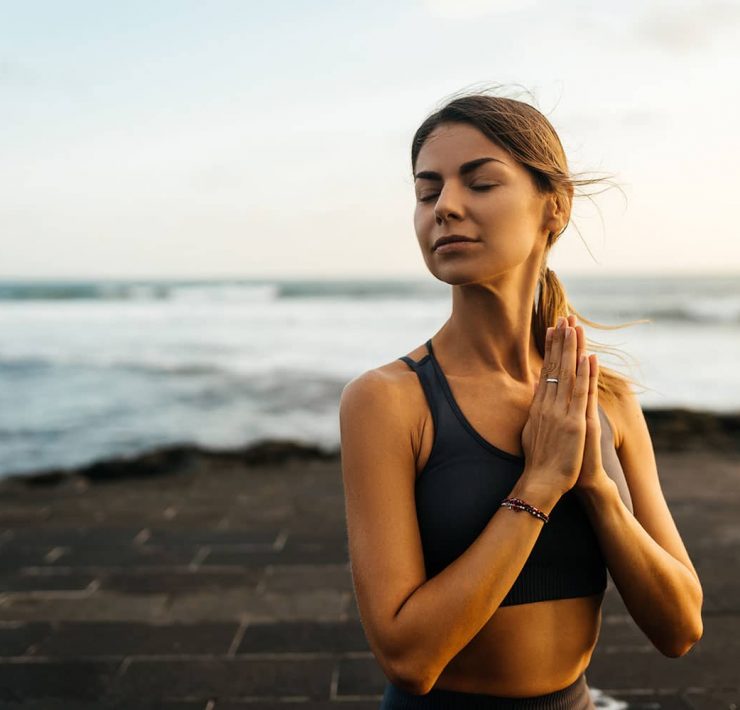
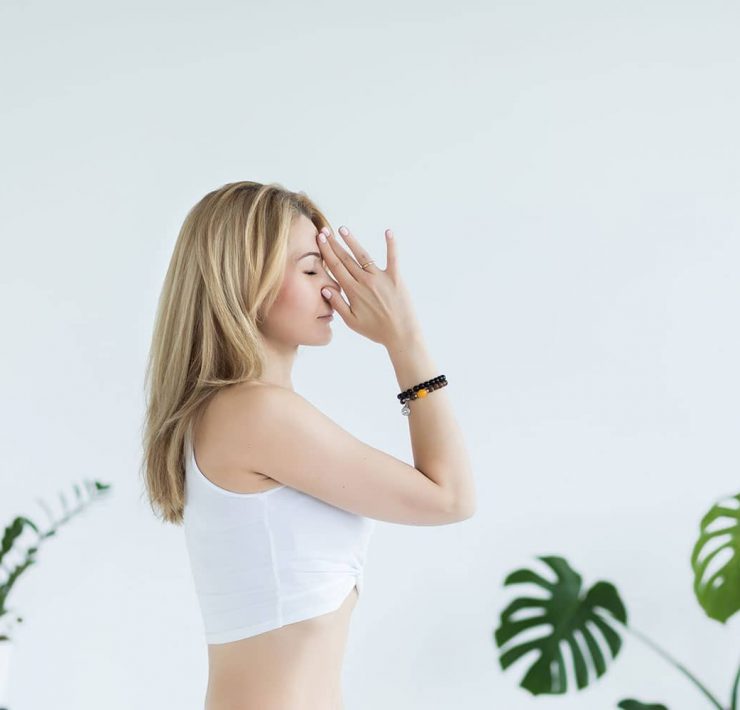

Good write-up, I am regular visitor of one?¦s website, maintain up the nice operate, and It’s going to be a regular visitor for a long time.